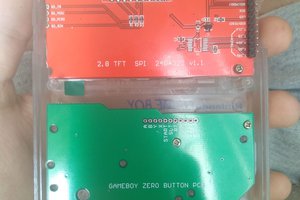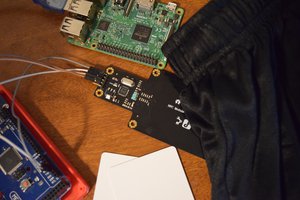I was a little frustrated with the potholes after the winter, so I built this.
When you see a pothole, you press the big red video game button. If the GPS is locked and the data isn't "stale", then it records it in the FRAM.
When you get home, you can open the text file, and send to your city representative to have the potholes fixed.
The FRAM was a slight diversion - I wanted to see how to work with the FRAM chip and the raspberry pi pico, and I was pleasantly surprised how easy it was to format, mount, and use!
My GPS module is a custom PCB for the ublox, but you could use whatever module you like.







 fidel44j
fidel44j

 having11
having11
I think the pothole issue is a good one to concentrate on.
I'm a contributor to OpenStreetMap, and would like to take this a step further, and have an open source app that senses the road surface quality, using smartphone sensors, then uploads it to OSM, so that road quality is continually updated.
Similar work has been done here: https://github.com/SmartRoadSense
I've written a diary entry, here: https://www.openstreetmap.org/user/chris_debian/diary/401287
Thanks for sharing; good work.
Chris